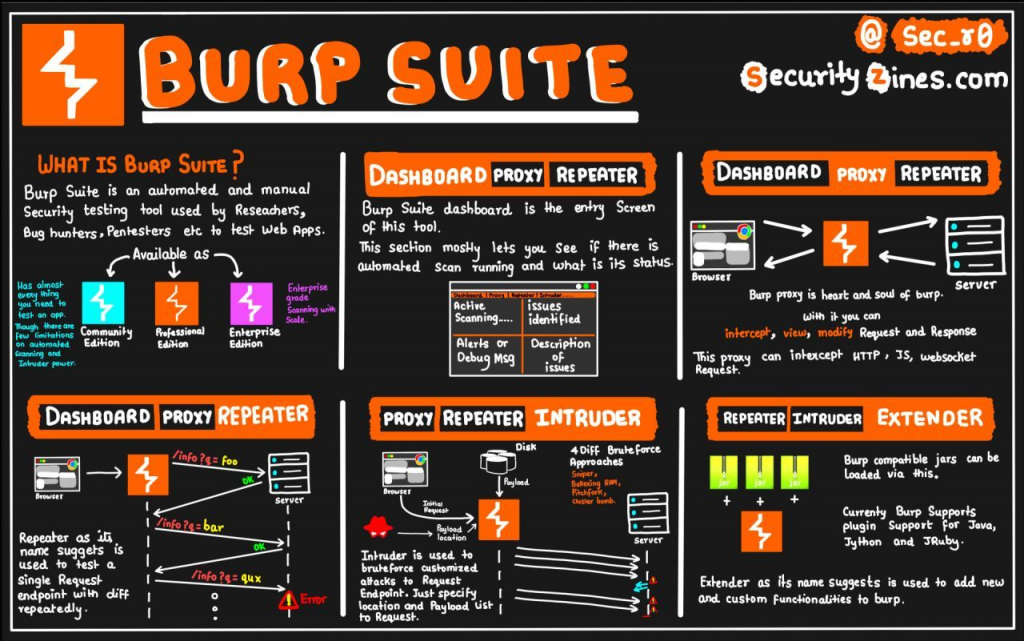During the bug hunting activity, Red Team Research (RTR) detected 2 zero-day bugs on GEMINI-NET, a RESI Informatica solution.
It’s been detected an OS Command Injection, which has been identified from NIST as a Critical one, its score is 9,8. This vulnerability comes from a failure to check the parameters sent as inputs into the system before they are processed by the server.
Due to the lack of user input validation, an attacker can ignore the syntax provided by the software and inject arbitrary system commands with the user privileges of the application.
RESI S.p.A. has been for over thirty years a technological partner of the largest Italian organizations such as the Ministry of Defence, the Presidency of the Council of Ministers, the Italian Post Office, Leonardo, Ferrovie dello Stato, TIM, Italtel. Plus RESI S.p.A. Is one of the few Italian companies, that creates national technology.
Please note that patches for these specific vulnerabilities have been released by Resi.

What GEMINI-NET from Resi is
GEMINI-NET™ is a Resi product that allows active and passive monitoring of networks and communication services, used in many networks, both old and new generation. This platform is an OSS system that can be integrated, modular and scalable.
It monitors in real time all the needs related to typical network services and infrastructure issues and is able to optimize resources and data traffic on the network.

According to the institutional website https:///www.gruppotim.it/redteam, once these vulnerabilities were identified, researchers Alessandro Bosco, Fabio Romano and Stefano Scipioni immediately started the process of Coordinated Vulnerability Disclosure (CVD) with Massimiliano Brolli, leading the project, by publishing only after the availability of the fixes made by the Vendor.
Below are the details that have been published on the institutional website and NIST ratings.
CVE-2022-29539 – RESI S.p.A
- Vulnerability Description: Improper Neutralization of Special Elements used in an OS Command (OS Command Injection – CWE-78)
Software Version: 4.2
NIST:https://nvd.nist.gov/vuln/detail/CVE-2022-29539
CVSv3: 9.8
Severity: CriticalRESI Gemini-Net 4.2 is affected by OS Command Injection. It does not properly check the parameters sent as input before they are processed on the server. Due to the lack of validation of user input, an unauthenticated attacker can bypass the syntax intended by the software (e.g., concatenate `&|;\r\ commands) and inject arbitrary system commands with the privileges of the application user.
According to the institutional website https:///www.gruppotim.it/redteam, once these vulnerabilities were identified, researchers Alessandro Bosco, Fabio Romano and Stefano Scipioni immediately started the process of Coordinated Vulnerability Disclosure (CVD) with Massimiliano Brolli, leading the project, by publishing only after the availability of the fixes made by the Vendor.
Below are the details that have been published on the institutional website and NIST ratings.
CVE-2022-29539 – RESI S.p.A
- Vulnerability Description: Improper Neutralization of Special Elements used in an OS Command (OS Command Injection – CWE-78)
Software Version: 4.2
NIST: https://nvd.nist.gov/vuln/detail/CVE-2022-29539
CVSv3: 9.8
Severity: CriticalRESI Gemini-Net 4.2 is affected by OS Command Injection. It does not properly check the parameters sent as input before they are processed on the server. Due to the lack of validation of user input, an unauthenticated attacker can bypass the syntax intended by the software (e.g., concatenate `&|;\r\ commands) and inject arbitrary system commands with the privileges of the application user.
We are talking about one of the few Italian centers of industrial research about security bugs, where since few years are performed “bug hunting” activities that aim to search for undocumented vulnerabilities, leading to a subsequent issuance of a Common Vulnerabilities and Exposures (CVE) on the National Vulnerability Database of the United States of America, once the Coordinated Vulnerability Disclosure (CVD) with the Vendor is over.
In two years of activity, the team has detected many 0-days on very popular products of big vendors, such as Oracle, IBM, Ericsson, Nokia, Computer Associates, Siemens, QNAP, Johnson & Control, Schneider Electric, as well as other vendors on different types of software architectures.
In two years, more than 70 CVEs have been published, 4 of them with a Critical severity (9.8 of CVSSv3 scores), 23 of them with a High severity and 36 of them with a Medium severity.
Speaking about a vulnerability detected on Johnson & Control’s Metasys Reporting Engine (MRE) Web Services Product, Cybersecurity and Infrastructure Security Agency (CISA) of the United States of America issued a specific Security Bulletin reporting as Background the following sectors: “CRITICAL INFRASTRUCTURE SECTORS, COUNTRIES/ AREAS USED and COMPANY HEADQUARTERS”.
It is an all-Italian reality that issues a CVE every 6 working days, internationally contributing to the research for undocumented vulnerabilities, and contributing to the security of the products used by many organizations and several individuals.
Secure Application Development
DISC InfoSec
#InfoSecTools and #InfoSectraining




























